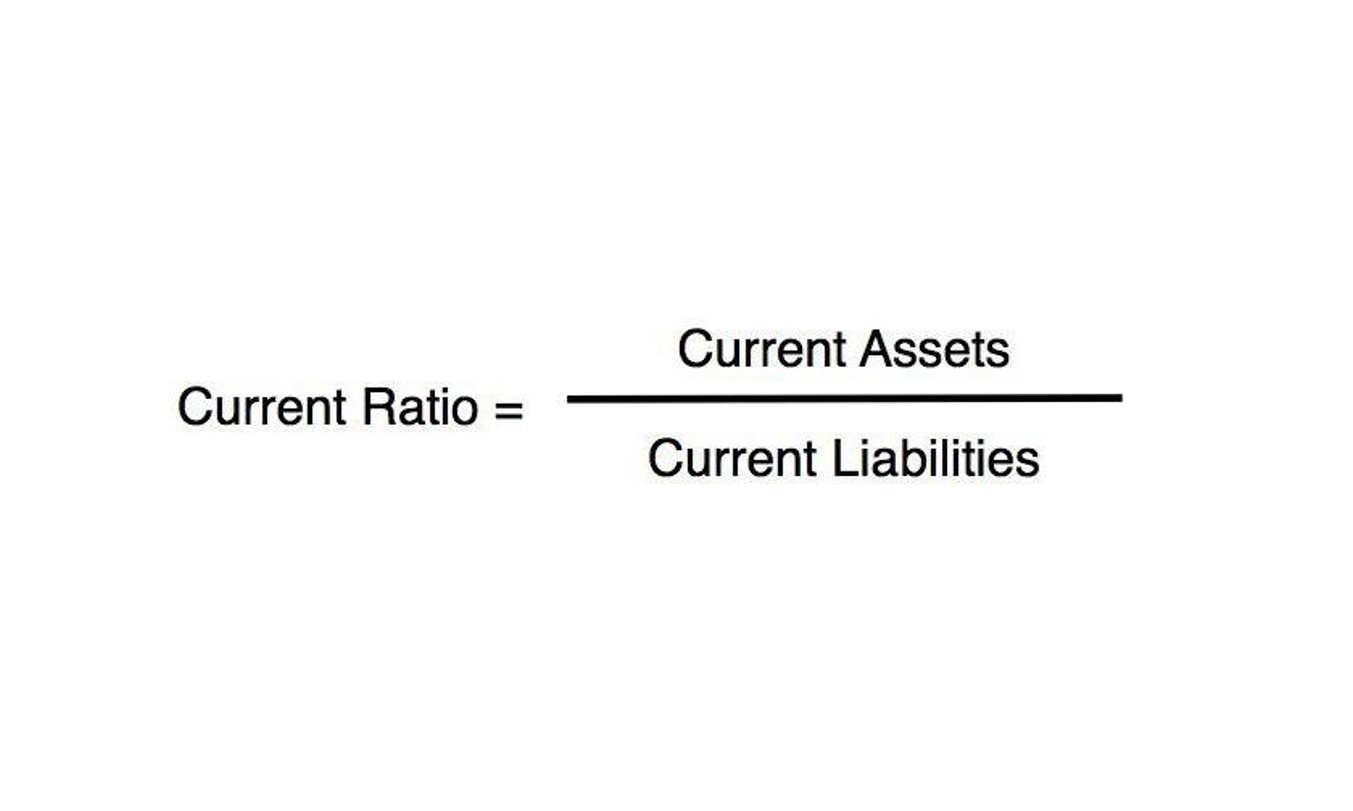
The accounts that remain in the accounting equation after closing are called permanent accounts. Assets, liabilities, common stock, and retained earnings are not closed at the end of the period because they are not used to measure activity for only one specific period. On the statement of retained earnings, we reported theending balance of retained earnings to be $15,190. We need to dothe closing entries to make them match and zero out the temporaryaccounts.
How to Record a Closing Entry

The $9,000 of expenses generated through the accounting period will be shifted from the income summary to the expense account. In this example, the business will have made $10,000 in revenue over the accounting period. In this example, it is assumed that there is just one expense account. Notice that the balances in interest revenue and service revenue are now zero and are ready to accumulate revenues in the next period.
Closing expense accounts

At the start of the new accounting period, the closing balance from the previous accounting period is brought forward and becomes the new opening balance on the account. Other than the retained earnings account, closing journal entries do not affect permanent accounts. The balance in dividends, revenues and expenseswould all be zero leaving only the permanent accounts closing entries for a postclosing trial balance. The trial balance shows the ending balancesof all asset, liability and equity accounts remaining. The mainchange from an adjusted trial balance is revenues, expenses, anddividends are all zero and their balances have been rolled intoretained earnings. We do not need to show accounts with zerobalances on the trial balances.
How to Prepare Your Closing Entries

As a result, all temporary accounts will have data for the entire calendar year. The income-expenditure account of the business organization is related to the corresponding accounting period. The Income Summary balance is ultimately closed to the capital account. The T-account summary for Printing Plus after closing entriesare journalized is presented in Figure 5.7. Let’s explore each entry in more detail using Printing Plus’sinformation from Analyzing and Recording Transactions and The Adjustment Process as our example.
To close that, we debit Service Revenue for the full amount and credit Income Summary for the same. Any account listed on the balance sheet is a permanent account, barring paid dividends. On the balance sheet, $75 of cash held today is still valued at $75 next year, even if it is not spent. The net balance of the income summary account would be the net profit or net loss incurred during the period. ABC Ltd. earned ₹ 1,00,00,000 from sales revenue over the year 2018 so the revenue account has been credited throughout the year.
- Remember from your past studies that dividends are not expenses, such as salaries paid to your employees or staff.
- Automation transforms the process of closing entries in accounting, making it more efficient and accurate.
- A company will see its revenue andexpense accounts set back to zero, but its assets and liabilitieswill maintain a balance.
- Having just described the basic closing entries, we must also point out that a practicing accountant rarely uses any of them, since these steps are handled automatically by any accounting software that a company uses.
- Since all balances of the temporary accounts are zero at this point, no income, expense or drawing account should show in this trial balance.
Closing the books is the process of bringing the balance of all temporary accounts to zero by posting closing entries. This process is done at the end of the accounting period after adjusting entries and financial statements have been prepared. A closing entry is a journal entry that’s made at the end of the accounting period that a business elects to use.

The closing entries are the last journal entries that get posted to the ledger. In each temporary account, closing entries also result in a zero balance. The temporary accounts are now ready to gather data for the next accounting period, which will be distinct from the data from previous periods. Closing entries are journal entries required to close all nominal or temporary accounts at the end of a financial or accounting period or year. After all income statement accounts are closed to the income and expense summary account, the latter’s balance will determine whether there is net income or net loss.
For example, closing an income summary involves transferring its balance to retained earnings. This crucial step ensures that financial records are accurate and up-to-date for the next period, making it easier to track the company’s performance over time. At the end of the year, all the temporary accounts must be closed or reset, so the beginning of the following year will have a clean balance to start with. In other words, revenue, expense, and withdrawal accounts always have a zero balance at the start of the year because they are always closed at the end of the previous year. Companies generally journalize and post-closing entries only at the end of the annual accounting period, in contrast to the steps in the cycle. Take note that closing entries are prepared only for temporary accounts.
- The above closing entries are recorded in both the general journal and the general ledger.
- If both summarizeyour income in the same period, then they must be equal.
- Double Entry Bookkeeping is here to provide you with free online information to help you learn and understand bookkeeping and introductory accounting.
- That is, their utility ends during the relevant accounting period.
- Another essential component of the Highradius suite is the Journal Entry Management module.

